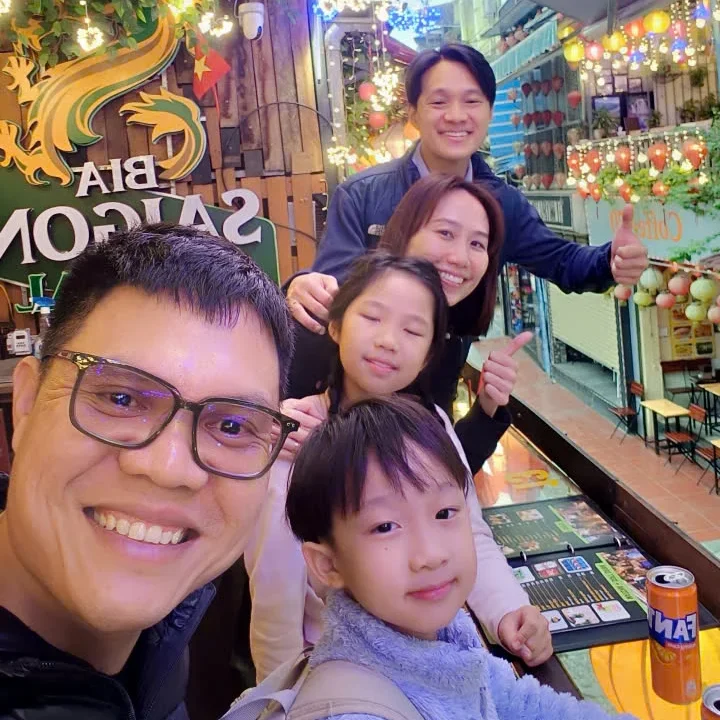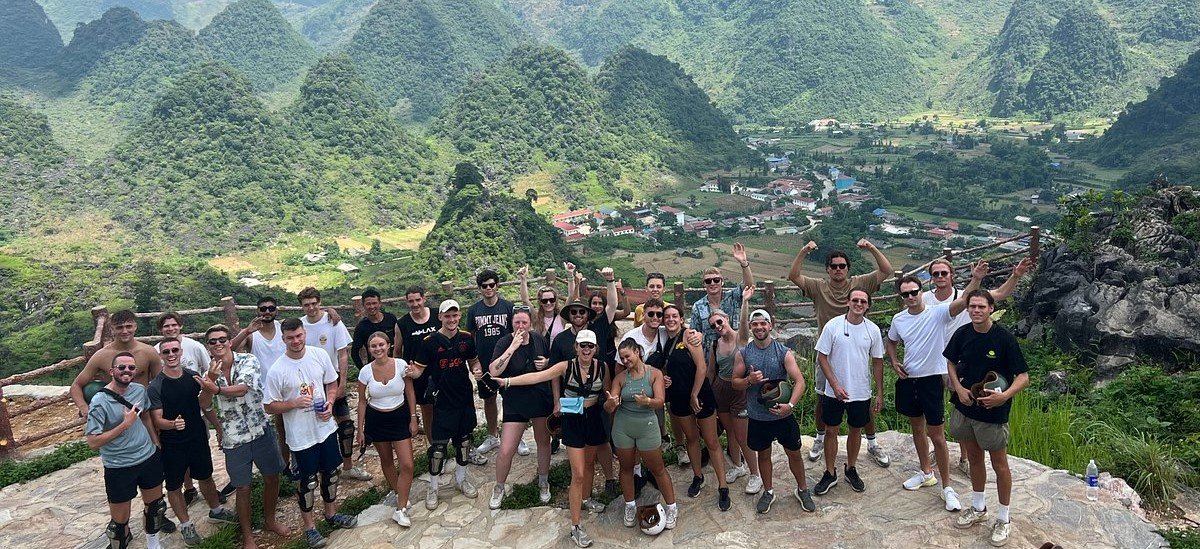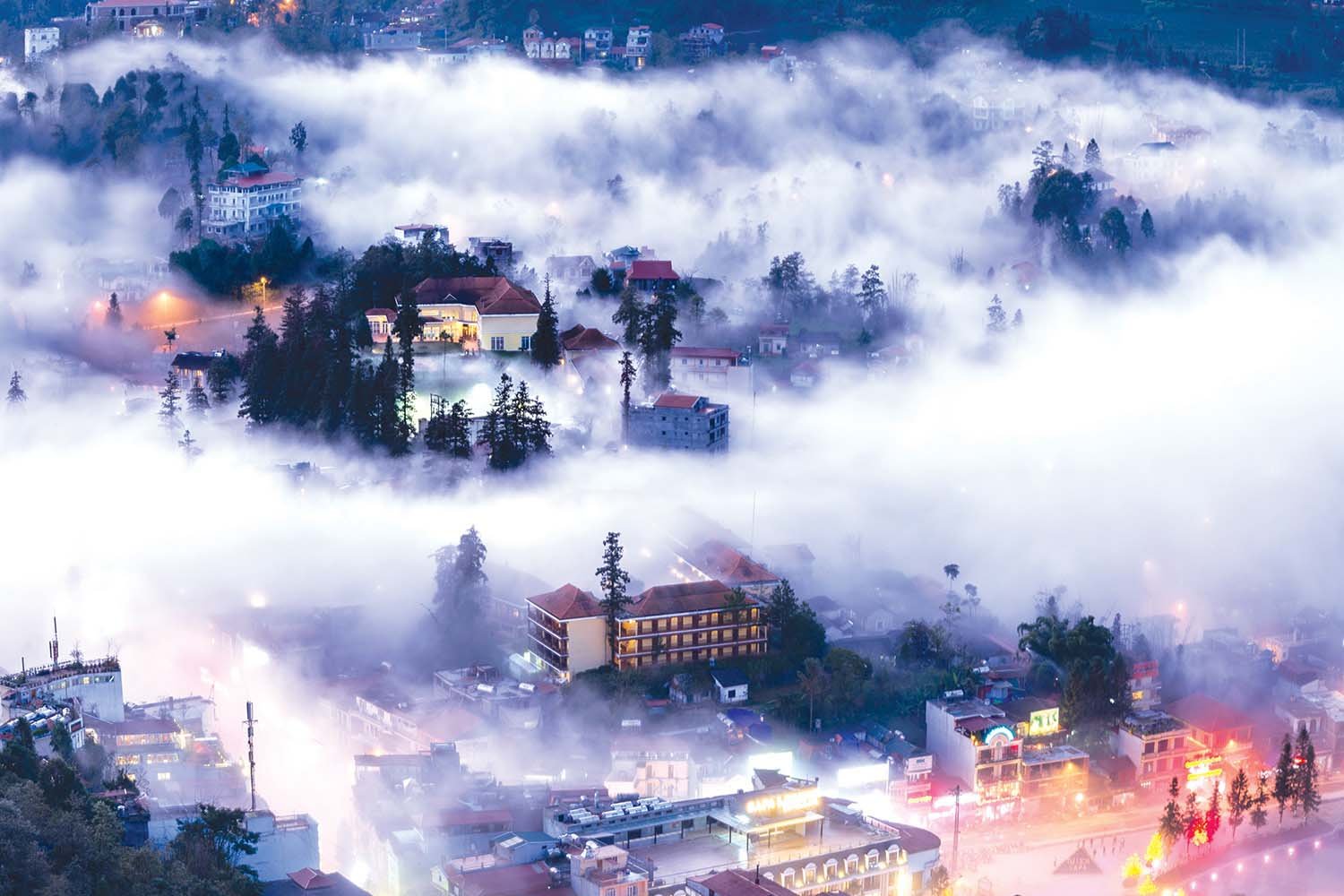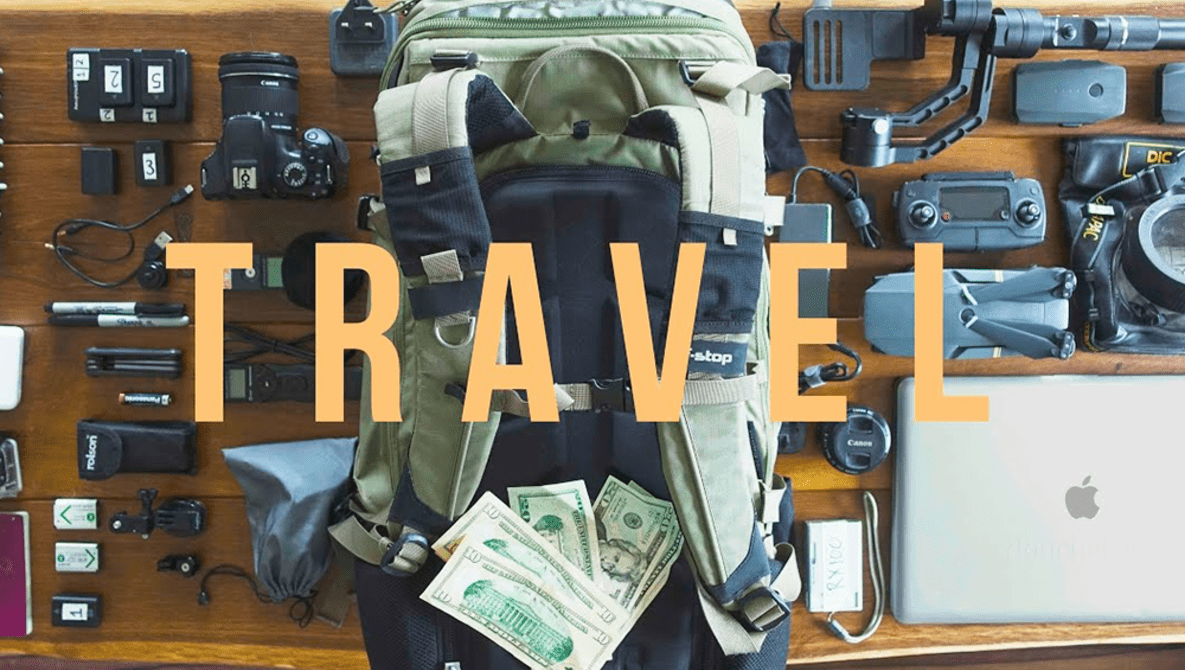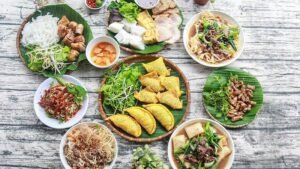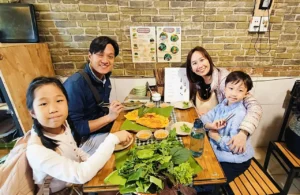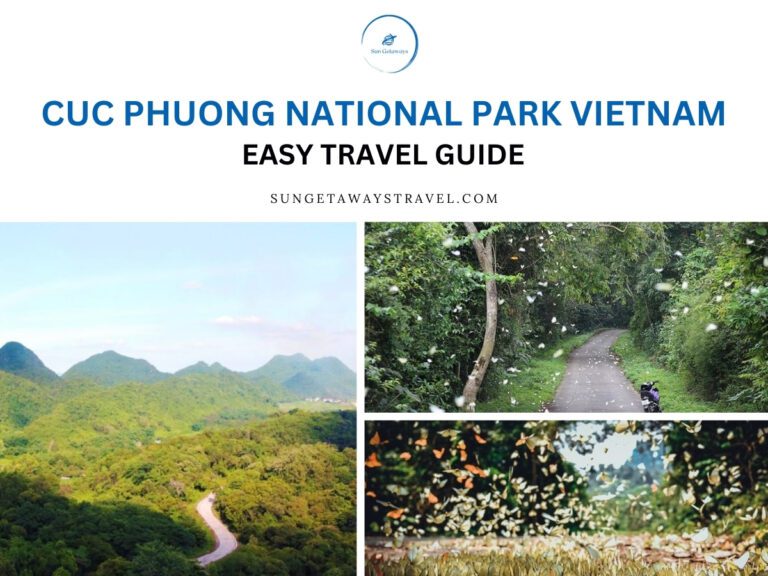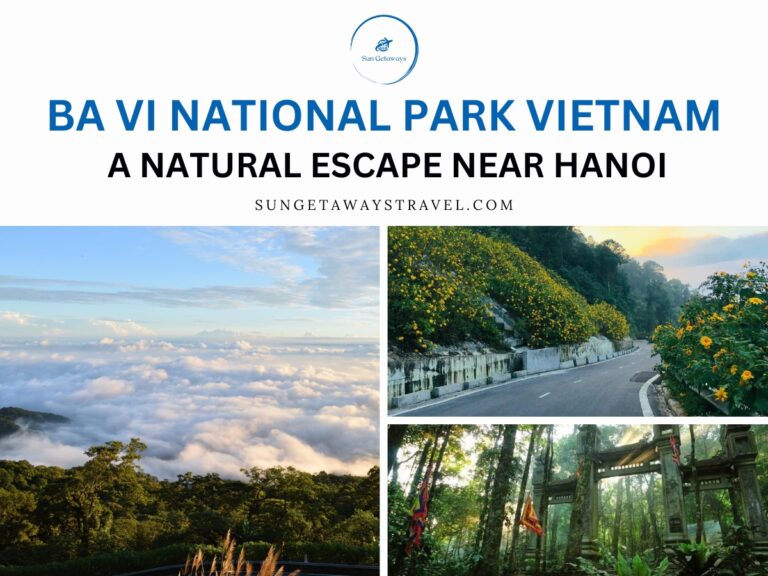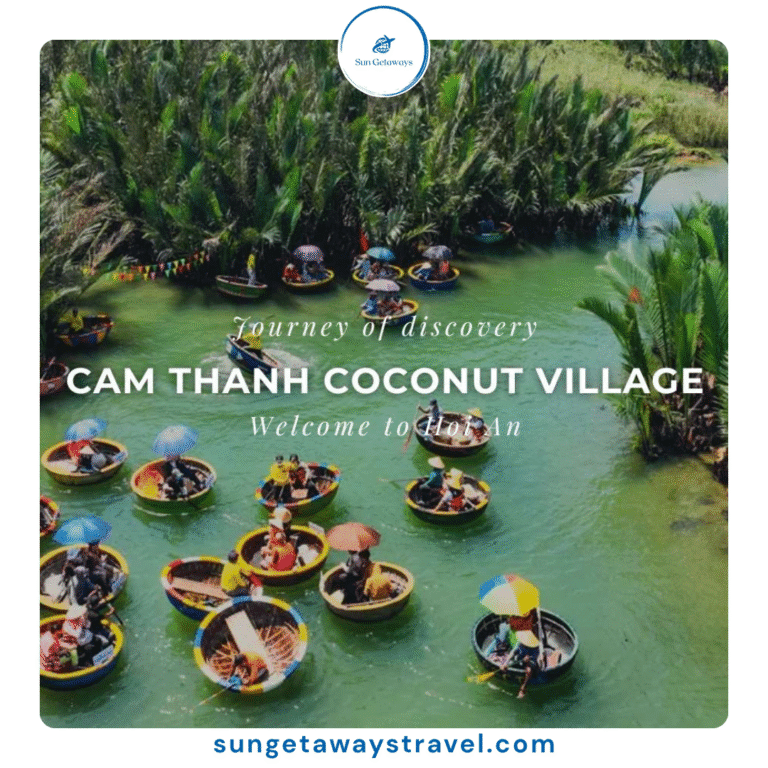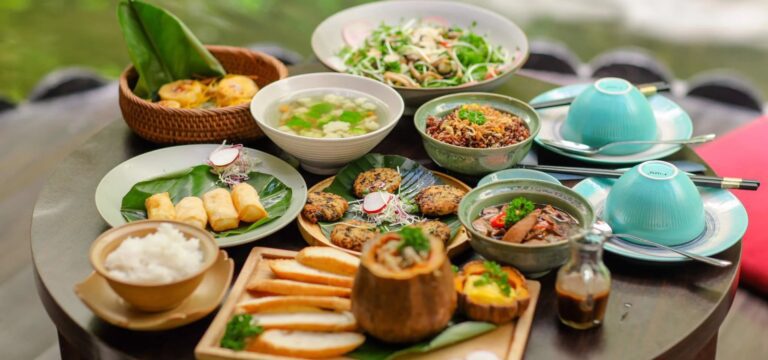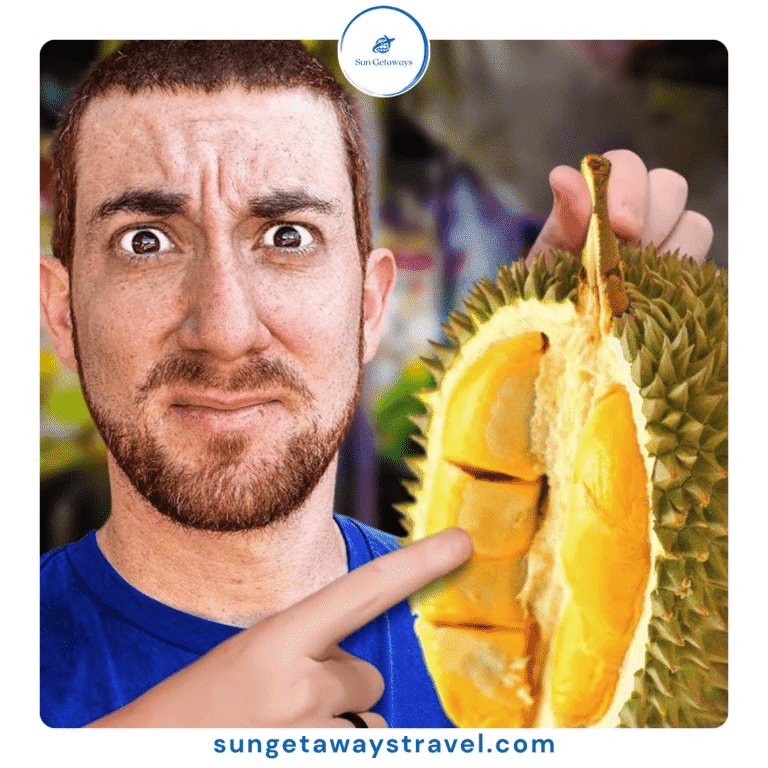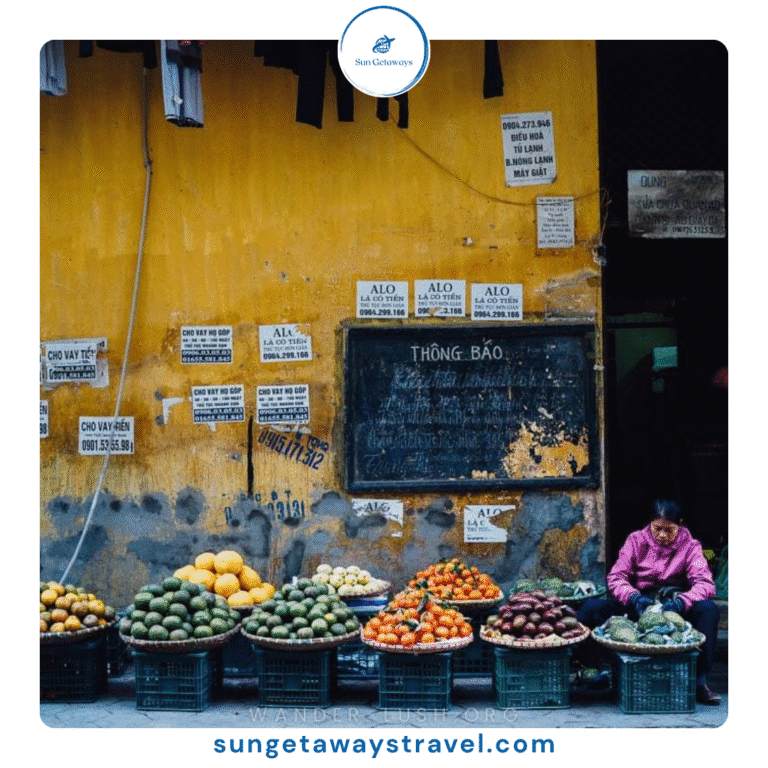Vietnam Camera Gear: What to Pack for Stunning Photos & Videos
 huyhai
huyhai When planning a trip to Vietnam, the breathtaking landscapes, vibrant cities, and rich cultural heritage provide endless opportunities for photography and videography. Whether you’re exploring the bustling streets of Hanoi, sailing through HaLong Bay, or trekking the terraced fields of Sapa, each destination offers a new perspective and story to capture. To make the most of your journey, it’s essential to pack the right Vietnam camera gear. This guide will not only help you choose the best camera for Vietnam travel but also provide valuable Vietnam photography tips to ensure you capture stunning visuals of your adventures. Whether you’re a seasoned professional or a passionate hobbyist, these tips and recommendations will elevate your photography experience in Vietnam.
1. Why Your Camera Gear Matters in Vietnam
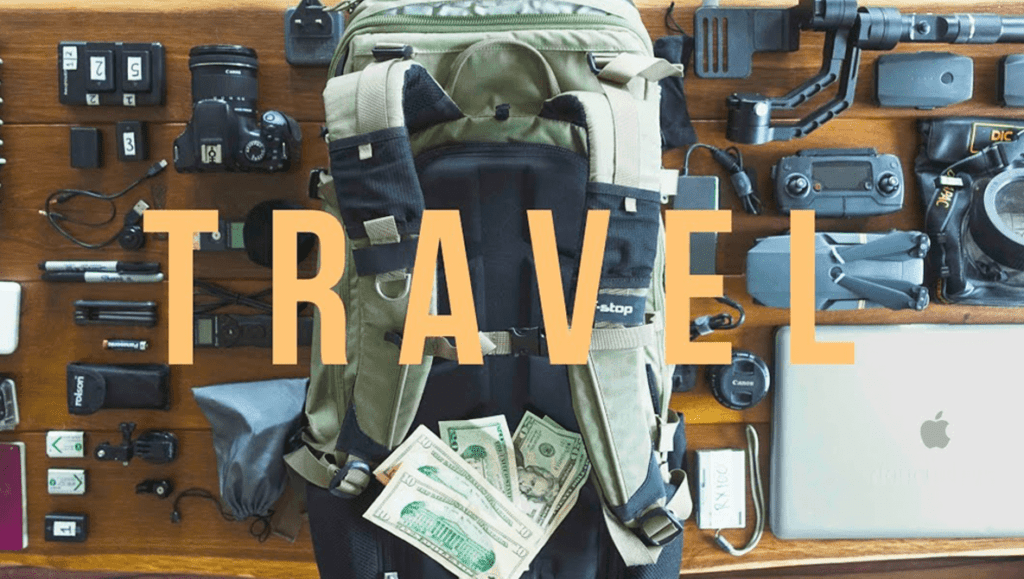

Vietnam is a country of contrasts, from bustling urban streets to serene rural landscapes. The variety in scenery requires versatile camera gear. Having the right tools ensures you’ll capture everything from the vibrant colors of Hoi An’s lanterns to the misty peaks of Sapa.
The key to Vietnam photography tips is preparation. Before we dive into specific recommendations, let’s look at what makes Vietnam a unique destination for photographers and videographers:
- 📍Diverse Landscapes: From the iconic HaLong Bay to the terraced rice fields of Mu Cang Chai, Vietnam offers a wide range of natural wonders.
- 📍Rich Culture: The street markets, traditional costumes, and ancient pagodas provide endless subjects for captivating photos.
- 📍Dynamic Cities: Hanoi’s Old Quarter and Ho Chi Minh City’s skyscrapers showcase modern life amid historical settings.
- 📍Changing Seasons: The different climates in northern, central, and southern Vietnam create unique opportunities for seasonal photography, such as cherry blossoms in spring or golden rice terraces in autumn.
💻 You can read more: Essential Vietnam Travel Electronics: A Packing Guide
2. Best Camera for Vietnam Travel
When choosing the best camera for Vietnam travel, it’s important to consider your photography style, skill level, and gear preferences. Below are the top categories of cameras and some excellent options within each.
2.1 DSLR Cameras
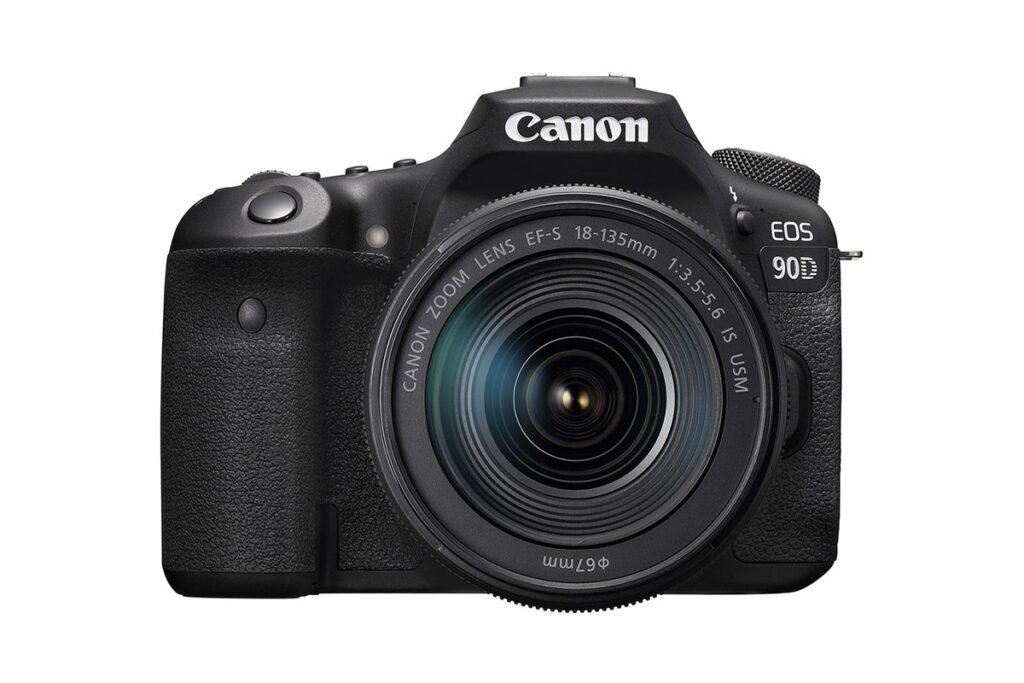

- 📍Why Choose DSLR? DSLR cameras are known for their superior image quality and versatility, making them a staple for professional photographers. They’re perfect for capturing Vietnam’s vibrant streets and expansive landscapes.
- 📍Recommended Models: Canon EOS 90D, Nikon D850. These cameras offer outstanding resolution and dynamic range, allowing you to shoot sharp details of terraced rice fields or intricate temple carvings.
- 📍Pros: Superior image quality, interchangeable lenses.
- 📍Cons: Heavier and bulkier, requiring extra effort to carry.
2.2 Mirrorless Cameras
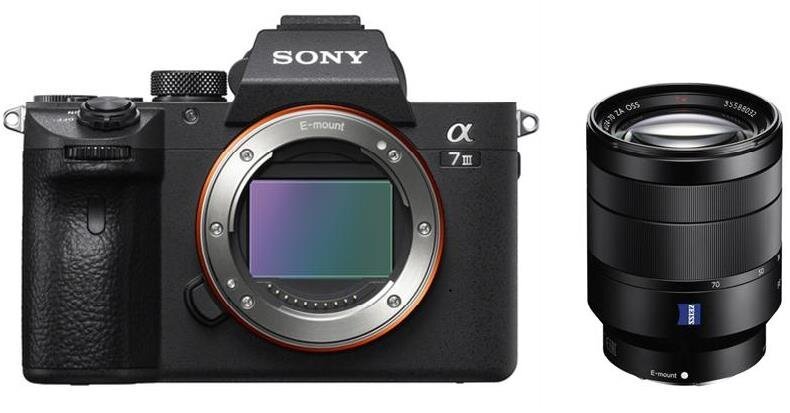

- 📍Why Choose Mirrorless? For travelers seeking high-quality results without the weight of a DSLR, mirrorless cameras are the ideal choice. These cameras excel in both photography and videography.
- 📍Recommended Models: Sony Alpha a7 III, Fujifilm X-T4. Compact and powerful, they’re perfect for capturing Hanoi’s bustling markets or filming the vibrant Lantern Festival in Hoi An.
- 📍Pros: Lightweight, advanced features, excellent for low-light shooting.
- 📍Cons: Shorter battery life compared to DSLRs.
2.3 Compact Cameras


- 📍Why Choose Compact Cameras? Compact cameras combine portability with impressive capabilities, making them great for casual travelers or those looking for simplicity.
- 📍Recommended Models: Sony RX100 VII, Canon G7X Mark III. These models are perfect for candid street shots or quick snaps of local delicacies.
- 📍Pros: Easy to use, pocket-friendly design.
- 📍Cons: Limited manual controls.
2.4 Action Cameras


- 📍Why Choose Action Cameras? Ideal for adventure enthusiasts, action cameras are built to handle extreme conditions, from kayaking in HaLong Bay to hiking in the jungles of Phong Nha.
- 📍Recommended Models: GoPro HERO11 Black, DJI Osmo Action 3. With waterproof and shockproof designs, they’re perfect for capturing dynamic, high-energy moments.
- 📍Pros: Durable, lightweight, perfect for action-packed shots.
- 📍Cons: Limited zoom and low-light performance.
2.5 Smartphones
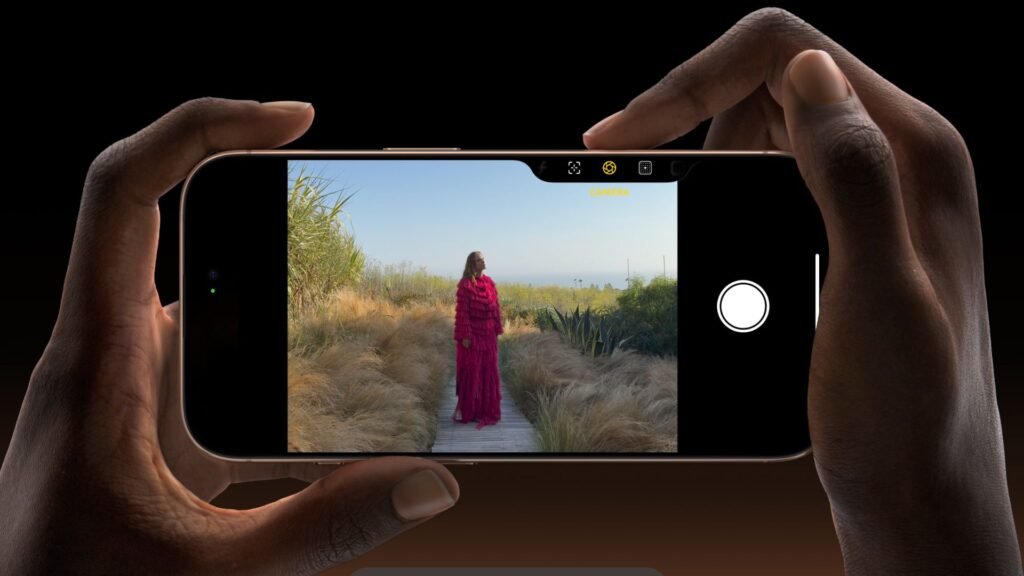

- 📍Why Choose Smartphones? Modern smartphones have revolutionized travel photography with their advanced cameras and editing apps. They’re perfect for travelers looking for convenience and immediacy.
- 📍Recommended Models: iPhone 16 Pro Max, Samsung Galaxy S24 Ultra. These phones offer incredible cameras with versatile modes, ideal for quick captures and social media posts.
- 📍Pros: Always accessible, compact, and easy to share photos.
- 📍Cons: Limited lens options and manual controls.
💻 You can read more: Staying Safe Online in Vietnam: Tips for Travelers
3. Essential Camera Gear for Vietnam
To make the most of your photography experience in Vietnam, complementing your camera with the right accessories is crucial. Here’s a breakdown of the essential gear you should consider packing:
3.1 Lenses
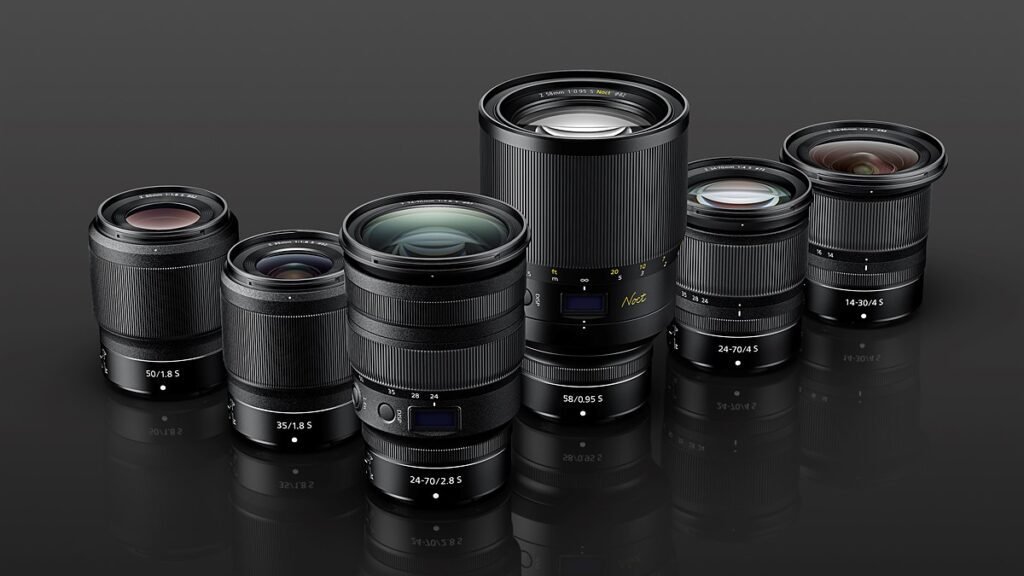

- 📍Wide-Angle Lenses: These are indispensable for capturing expansive landscapes like the terraced rice fields of Sapa or the towering limestone cliffs of HaLong Bay. A 16-35mm lens is a great choice.
- 📍Prime Lenses: For street photography and portraits, a 50mm f/1.8 prime lens offers sharp images with a stunning depth of field. This is ideal for snapping candid shots in Hanoi’s Old Quarter.
- 📍Telephoto Lenses: For wildlife or distant subjects, a 70-200mm lens helps you zoom in on details without disturbing the scene.
3.2 Tripod
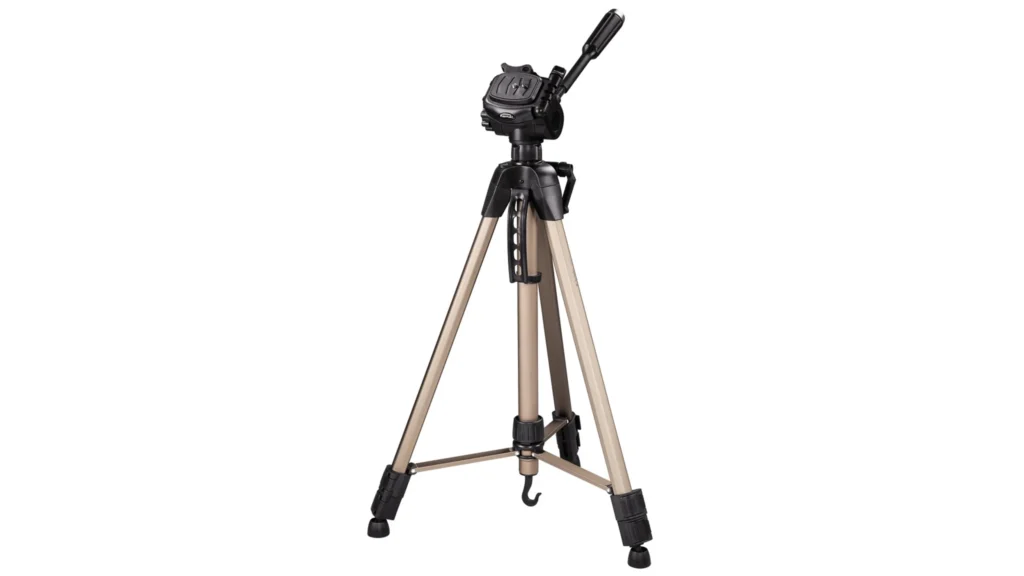

A lightweight, portable tripod is an essential accessory for capturing long-exposure shots or stabilizing your camera for night photography. Whether you’re shooting the glowing lanterns in Hoi An or the stunning waterfalls of Da Lat, a tripod will ensure sharp, clear images. Look for one that’s compact and easy to carry, as you’ll want to avoid heavy gear while exploring Vietnam.
Pros:
- 📍Essential for capturing long exposures, especially for water or city lights.
- 📍Provides stability in low-light conditions, preventing camera shake.
3.3 Filters


Filters are an often-overlooked accessory but can be crucial for improving the quality of your images, especially when dealing with Vietnam’s bright and tropical climate.
- 📍Polarizing Filters: These are perfect for enhancing colors, reducing glare, and increasing contrast in sunny conditions. They can help make blue skies appear deeper, reduce reflections on water, and even saturate the green of rice fields or lush forests. A polarizing filter is especially useful when photographing landscapes or water features like the Mekong Delta or the beaches in Phu Quoc
- 📍ND Filters: Neutral Density (ND) filters are invaluable when shooting in bright daylight or for capturing long-exposure shots, such as the silky smooth motion of waterfalls or clouds in the sky. An ND filter reduces the amount of light entering the lens, allowing you to use slower shutter speeds even in bright conditions
Pros:
- 📍Helps control light and exposure, especially in bright conditions.
- 📍Great for creative photography, such as capturing motion in water or clouds.
3.4 Extra Batteries and Memory Cards
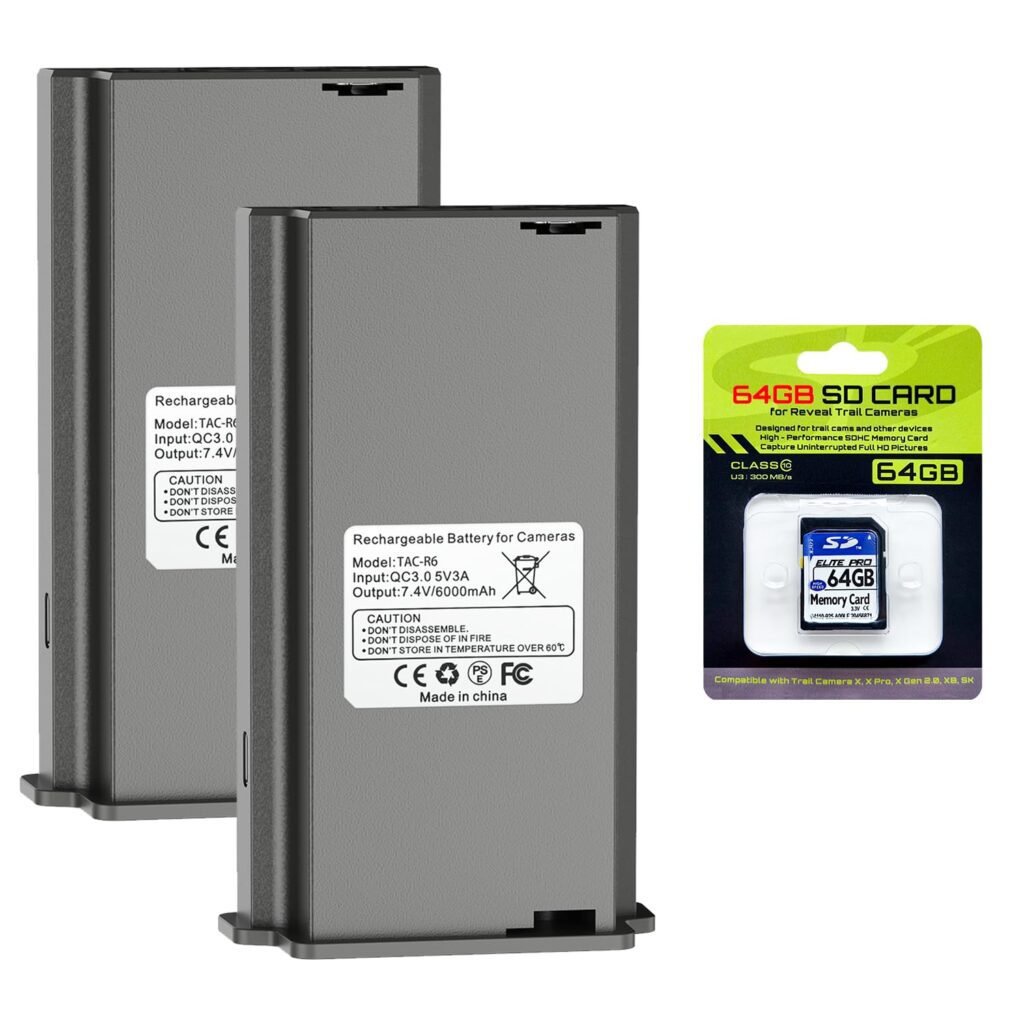

Vietnam’s natural beauty and vibrant urban life mean you’ll be shooting constantly, so it’s important to have extra batteries and memory cards on hand. With the long days of exploration and the need to shoot at various locations, you’ll quickly run through battery power and storage space.
- 📍Extra Batteries: Always carry at least 2-3 extra batteries, especially if you’re using a mirrorless camera or smartphone. Vietnam’s tropical weather can drain your battery faster than usual, particularly when shooting in hot and humid conditions.
- 📍High-Capacity Memory Cards: With all the stunning landscapes and detailed shots you’ll want to capture, it’s essential to bring plenty of high-capacity memory cards (64GB or higher). Make sure to bring multiple cards, as you don’t want to run out of space while shooting at iconic locations like the Hoan Kiem Lake or the ancient town of Hoi An.
3.5 Protective Gear


Vietnam’s weather can be unpredictable, with sudden downpours or high humidity, so it’s important to protect your gear from the elements.
- 📍Rain Covers: A waterproof rain cover for your camera can prevent water damage during sudden rainstorms, which are common in Vietnam, especially in the north. These covers are compact, easy to use, and can be quickly thrown over your gear to keep it safe from the elements.
- 📍Durable Camera Bag: A sturdy, waterproof camera bag will keep your gear safe while traveling, protecting it from rain, dust, and accidental drops. Choose a bag with enough compartments to organize your gear and a comfortable strap for long treks.
3.6 Drones
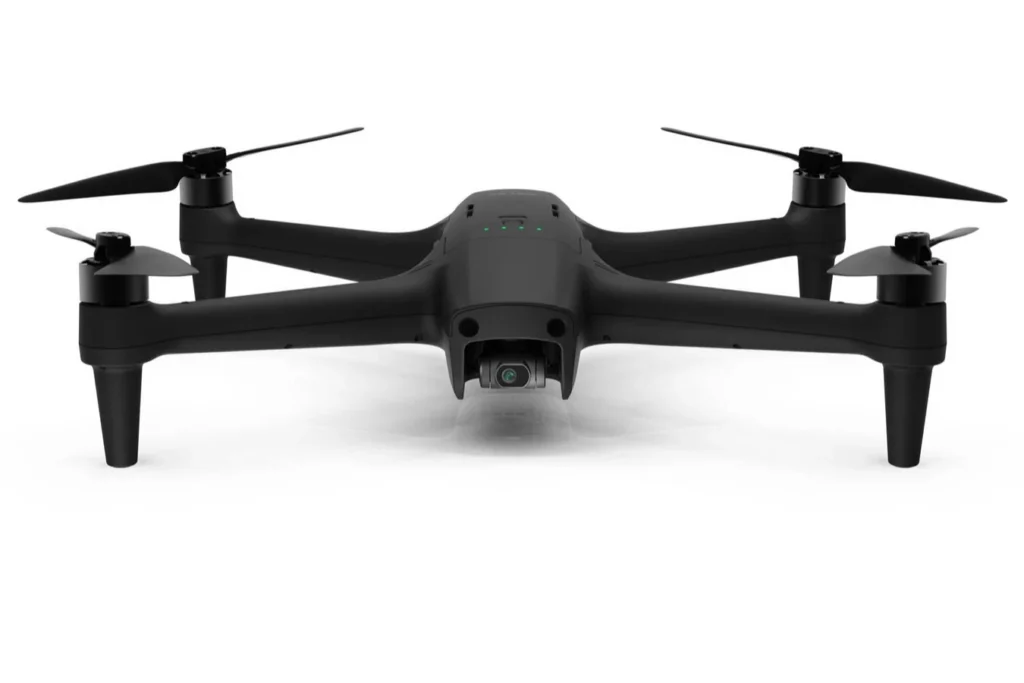

If you want to capture Vietnam from a bird’s-eye view, a drone is an essential addition to your camera gear. Vietnam’s landscapes—ranging from the karst mountains in Ninh Binh to the stunning coastline in Phu Quoc—are perfect for aerial photography. Drones are particularly useful for capturing unique perspectives of well-known locations like HaLong Bay or the terraced fields of Sapa.
💻 You can read more: Understanding Vietnam Drone Laws: A Comprehensive Guide
3.7 Comfort and Maintenance Accessories
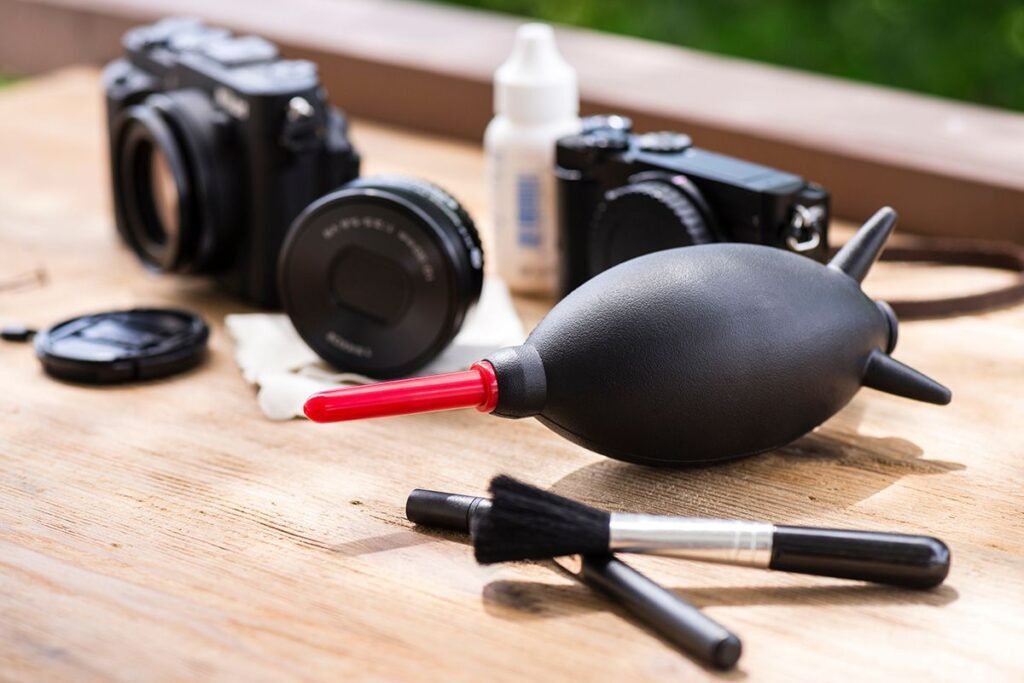

In addition to your camera gear, some accessories will help improve your comfort and keep your equipment in good condition during your travels.
- 📍Straps and Harnesses: A padded camera strap or harness can alleviate the strain on your neck and shoulders when carrying heavy gear for long hours. It will allow you to comfortably carry your camera for extended periods, whether you’re exploring the streets of Hanoi or hiking up a mountain in Sapa.
- 📍Cleaning Kits: Vietnam’s tropical climate can be tough on your lenses, with dust, humidity, and rain affecting the quality of your photos. A cleaning kit, including a microfiber cloth, lens blower, and cleaning solution, is essential for keeping your lenses and sensors free from smudges, dirt, or moisture.
By combining these accessories with the right camera, you’ll be prepared to document Vietnam’s incredible diversity with ease and creativity.
💻 You can read more: Vietnam Drone Photography: Exploring the Scenic Landscapes
4. Vietnam Photography Tips
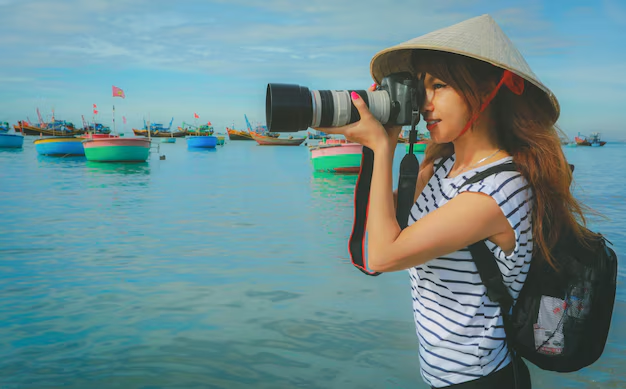

Planning to travel? Here’s how to handle money in Vietnam like a pro.
Taking great photos in Vietnam is about more than just having the right gear. Follow these Vietnam photography tips to elevate your shots:
- 👉Time Your Shoots
- 📍The golden hour (just after sunrise or before sunset) provides the best lighting conditions.
- 📍Early mornings are ideal for capturing bustling markets and peaceful landscapes.
- 👉Engage with Locals
- 📍Don’t hesitate to ask permission before taking portraits.
- 📍Building rapport often leads to more authentic and candid shots.
- 👉Experiment with Angles
- 📍Capture Hanoi’s train street from low angles.
- 📍Use reflections in puddles or rivers for creative compositions.
- 👉Embrace Weather Conditions
- 📍Mist and fog in Sapa can add a mystical touch to your photos.
- 📍Overcast skies are great for soft, diffused lighting.
- 👉Stay Mobile
- 📍Vietnam’s streets can be crowded; pack light to move freely.
- 📍A comfortable strap or harness can save your shoulders during long days of shooting.
- 👉Capture Local Life
- 📍Focus on everyday activities such as fishing in the Mekong Delta or food vendors in Hanoi.
- 📍Use a fast shutter speed to freeze moments in bustling scenes.
- 👉Utilize Natural Frames
- 📍Frame your subject with doorways, arches, or natural elements like trees to add depth and context.
🌟 If you need or want to explore some tours to Vietnam, you can explore some Vietnam tours below or contact us via WhatsApp or visit the Sun Getaways Travel Fanpage.
5. Conclusion
Capturing Vietnam’s beauty requires thoughtful preparation and the right tools. From selecting the best camera for Vietnam travel to understanding essential accessories and applying practical Vietnam photography tips, your Vietnam camera gear can make or break your travel photography experience. By following these tips and packing the recommended gear, you’ll ensure your Vietnam travel photos and videos are nothing short of stunning, capturing the essence of Vietnam’s vibrant culture and breathtaking landscapes.
Ask a question
Leave a Comment (0)
No questions yet. Be the first to ask a question!

